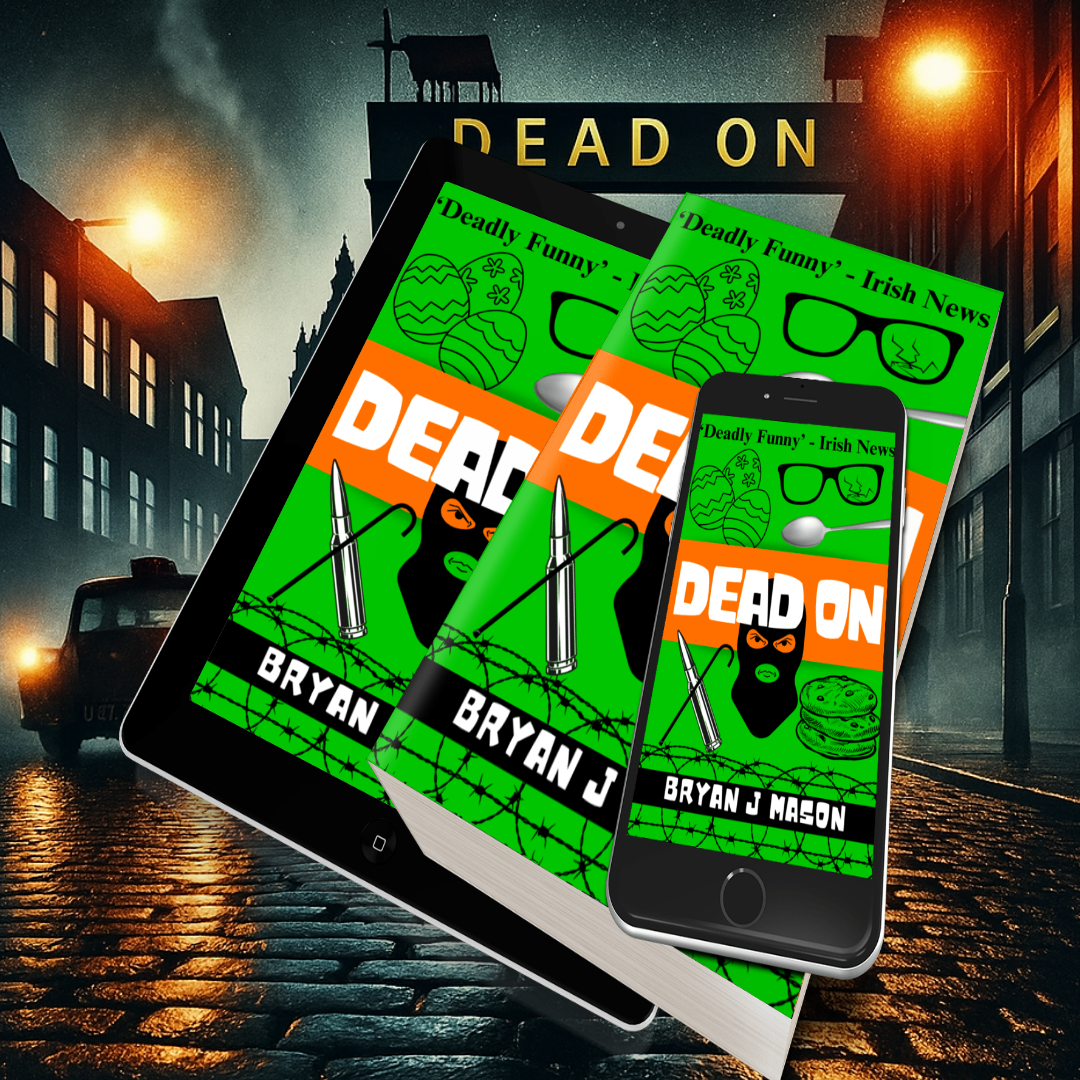
Translated by Ho-Ling Wong — My advice to anyone who picks up this intriguing little pastiche of the Golden Age is don’t get too attached to any of the characters. There’s a good chance they’ll die. A very good chance.
It’s become rare for a novel written in English to follow SS Van Dine’s rules for the writing of a mystery novel, the most well-known and thorough of several different sets of ‘rules’ that defined the Golden Age of detective fiction. But for years the Shin Honkaku (New Orthodox) group in Japan, of which Yukito Ayatsuji is a prominent member, have been putting out mysteries following Van Dine’s formula, shying away from new science or gimmicks in favour of good old honest mysteries. The Decagon House Murders is Ayatsuji’s second work to appear in English, and the first of his honkaku mysteries.
The novel opens with a group from a university mystery writing club discussing their practice as they travel to an island where a murder was committed the previous year. An eccentric architect, his wife, and another couple were found dead in the burnt-out ruins of the architect’s mansion and it was blamed on the gardener, who disappeared… presumably lost at sea. While these events fill the group with curiosity, the main reason they are traveling to the island is to see the Decagon House, a strange 10-sided annex to the original mansion, in which they plan to spend a week writing.
The seven mystery fans each go by nicknames. We have Van Dine, Ellery, Carr, Orczy, Agatha, Leroux and Poe. Following Van Dine’s rules, each is a caricature rather than a fully formed character. Shortly after arriving on the island each takes their own room in the Decagon House, where they will be spending the week.
Since the murder the previous year, there has been little human contact with the island, and group will be out of touch with the mainland for a full week. Then seven plates appear on the table in the centre of the Decagon House – five of them display the words ‘First Victim, ‘Second Victim’ and so on. One reads ‘Murderer’ and another says ‘Detective’. At first it seems like a joke, but before long the detective fiction aficionados start becoming victims, and the tension quickly escalates as the writers try to figure out who is the detective, and who is the murderer.
Meanwhile on the mainland, other members of their group begin receiving mysterious letters, purportedly from the dead architect, accusing the group of murdering his daughter Chiori. The daughter, who was also a member of the mystery group, apparently died of alcohol poisoning at their New Year’s Eve party the previous year. One of the group’s former members, Kawaminami, takes it upon himself to investigate the letters, and enlists the help of Shimada, a friend of the murdered architect’s brother. As they look deeper into the letters, they start to investigate the circumstances surrounding the quadruple murder, and begin to see a connection between the events of the previous year and the group currently on the island.
You may recognise the plot. It’s based on Agatha Christie’s And Then There Were None, although Ayatsuji’s version follows the rules of detective fiction even more closely than the queen of the Golden Age herself. The writing, and the careful translation, mean you’ll be able to guess who the murderer is at the same time as the detective, although don’t be disheartened if you get it wrong. The translator handles the original’s intelligent wordplay well, without resorting to excessive footnotes or explanations.
Occasional slips into overt translationese (“That night he saw a terrible dream” for instance) are rare, and may go unnoticed if you’re unfamiliar with Japanese. On the whole this is a great example of why the Golden Age is still so popular, and hopefully a sign that many more novels by this group will be translated.
Locked Room International
Print/Kindle
£6.29
CFL Rating: 4 Stars









I loved the book from Agatha Christie, if this resembles just a little it is worth reading.